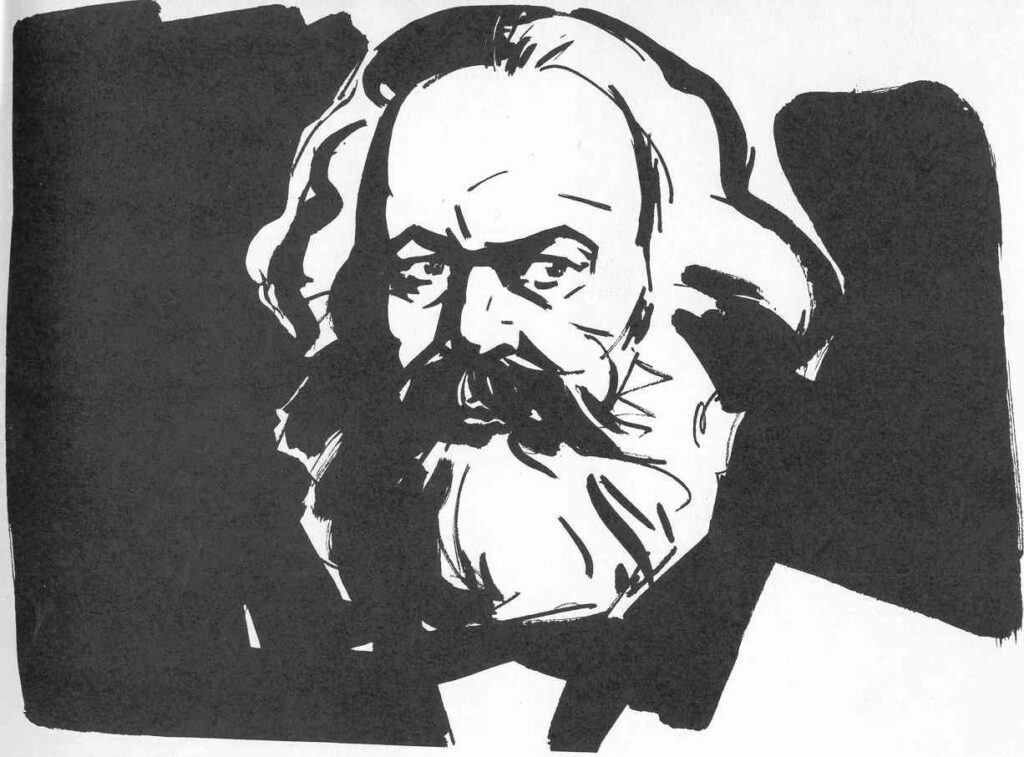He Chuanqi: Marxist Social Modernization Theory; Classic and Generalized Modernization Theories
First Social Modernization and the Second Social Modernization
July 2015

Author was the leader of the China Modernization Strategy Research Group and Director of the China Modernization Research Center of the Chinese Academy of Sciences between 2002 to 2022. He Chuanqi has long been engaged in theoretical research on world modernization .
Translator: Ferdi Bekir, Turkiye
Abstracts:
The first social modernization is the transition process from agricultural society to industrial society and from feudal society to civil society (Translators note, bourgeois society) as well as the accompanying profound changes. It includes the transition from rural society to urban society, from family-based society to welfare society, from autocratic society to democratic society, from close society to open society, from natural society to technological society, and from stable society to mobile society. Its characteristics include urbanization, welfarization, mobilization, specialization, secularization, rationalization, mechanization, electrification, automation, technicalization, high efficiency, openness, equality, social differentiation, social integration, popularization of primary compulsory education, and other fields of social life.
Socialist modernization differs from Western modernization
China’s socialist modernization is fundamentally different from Western modernization; it transcends Western modernization both in theory and practice. It is a socialist modernization under the leadership of the Communist Party of China, which is fundamentally different from Western modernization. It has the common features of modernization as in all countries, but also has Chinese characteristics based on its own national conditions. Western modernization is the modernization of bourgeois-led capitalism, which is the essential difference between Chinese-style modernization and Western modernization. Western modernization is a modernization carried out under the conditions of the capitalist system, and the recent history of the world has shown that the evolution of Western modernization and the development of capitalism have gone hand in hand. The process of Western modernization is also the historical process of capitalism’s evolution from liberal capitalism to monopoly capitalism and financial imperialism. Western modernization has the basic features of capitalism, and its essence is capitalist modernization. Chinese-style modernization is people-centered modernization, while Western modernization is capital-centered modernization. Chinese modernization is the modernization that adheres to the people-centered approach and aims to realize the common wealth of all people and the all-sided, comprehensive development of human beings. Western modernization is a capital-centered modernization, which is driven by capital and realized through the role of free market. The cyclical economic crises, serious polarization between the rich and the poor, political polarization, social cleavages, and the spread of populism that have emerged in Western countries today are the direct consequences of the capital-centered modernization in the West. Western modernization takes the maximization of capital interests as the pursuit of value, deviates from the fundamental principle of “human being”, Western modernization takes the realization of value-addedness as the mission of capital, and takes the path of capital-centered modernization, pursuing the modernization of the bourgeoisie that maximizes the interests and wealth of the minority, and it is a modernization that is polarizes the society. Western modernization is a one-sided “materialistic” modernization which is alienated by capital. Both material abundance and spiritual-intellectual wealth are the fundamental requirements of socialist modernization. Without the prosperous development of socialist culture, there can be no socialist modernization. Another fundamental drawback of Western modernization is that it follows the logic of capital. The logic of capital determines that the goal of Western modernization is to maximize the proliferation of capital and the accumulation of wealth, equating economic growth with development. Although some adjustments and reforms were made in the middle and late stages of Western modernization, the dominant role of the logic of capital has not been fundamentally changed, and the congenital defect of emphasizing material civilization and neglecting spiritual civilization has not been completely solved. Also, Western modernization is the modernization at the expense of the natural environment of human beings. It is a kind of overly anthropocentric modernization, dominated by the ecological value of “anthropocentrism”. In the process of promoting modernization, Western countries regard human beings as special and noble beings, and regard all non-human existences as means or tools for realizing the purposes of human beings and human beings. As a result, they have paid too much attention to economic benefits and neglected ecological values, bringing about serious environmental trauma and even ecological crises while creating abundant material wealth.
Please Download for Full Text
